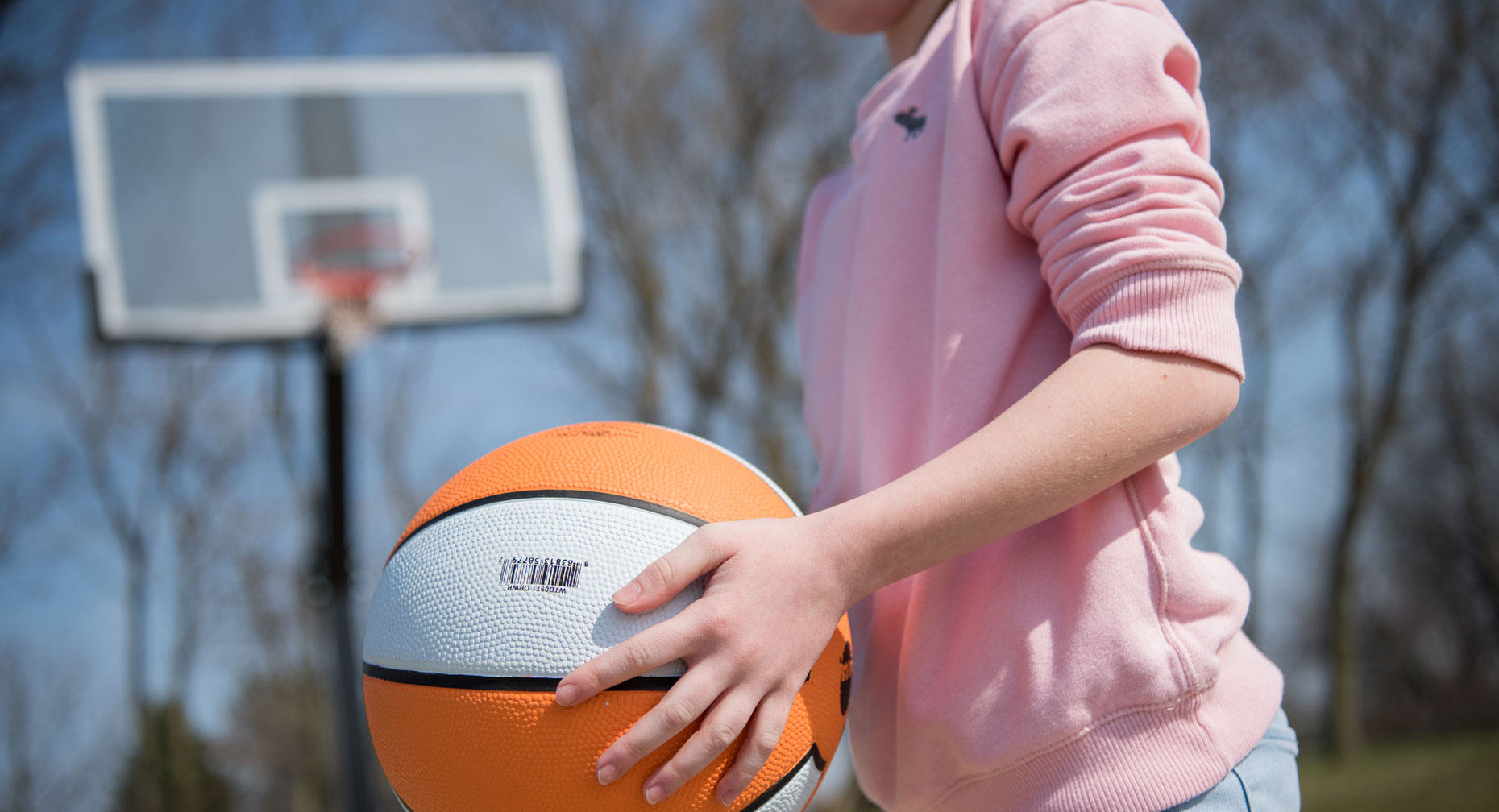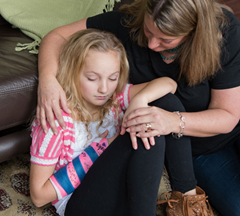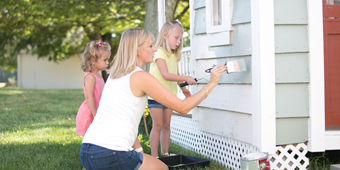Buckle Fracture: A Common Childhood Hazard

Find Your Perfect Match
Answer a few questions and we'll provide you with a list of primary care providers that best fit your needs.
If you’re a parent, you may be all too familiar with something called the buckle fracture.
As children run, climb, wrestle, and play sports, someone is bound to fall. And when they fall, children instinctively put a hand out to break their tumble.
Sometimes, they also break a bone in their outstretched arm. Forearm fractures account for more than 40 percent of all childhood fractures. Half of those are torus fractures – more commonly known as buckle fractures.
Three out of four childhood forearm fractures occur at the wrist end of the radius, one of two bones between the elbow and wrist. The radius is on the thumb side of the forearm, and the ulna, on the pinky side. They come together at the wrist, where there’s a growth plate made of cartilage.
The soft growth plate allows the bone to keep growing, but it’s also more susceptible to “buckling” to forceful contact with a solid surface. In a buckle fracture, the impact compresses the outer layer of bone on one side, causing the other side to bend away from the growth plate.
Buckle fractures can cause an abnormal curve to a child’s forearm. And they generally cause significant pain, may cause swelling and can make rotating the forearm difficult.
Buckle fractures also can occur in the ankle.
Forearm fractures account for more than 40 percent of all childhood fractures. Half of those are torus fractures – more commonly known as buckle fractures.
Treating a Buckle Fracture

Buckle fractures are diagnosed with an X-ray. Treatment generally involves placing the injured forearm in a splint or short cast for three to four weeks to provide support, reduce pain, and prevent re-injury.
With a buckle fracture, the bone isn’t out of position or broken off, so it’s unlikely that your child will need surgery.
Caring For Your Child's Cast Or Removeable Split
Studies have shown that a removable splint can give a child better physical function than a cast, interfering less with daily activities such as bathing. The choice of a splint versus a cast is usually up to your child’s physician. It’s important — and OK — to have your child move their fingers and shoulder while the cast or splint is on. This will help to prevent the joints from becoming stiff and sore.
If your child has a cast, the wrist and elbow joints may be a bit stiff for two to three weeks after the cast comes off. Whether they wear a splint or cast, most children resume full activity within four to six weeks.
Your health care provider may advise you to restrict your child’s activities, such as climbing on playground structures, for a few additional weeks.
Find Your Perfect Match
Answer a few questions and we'll provide you with a list of primary care providers that best fit your needs.
Source: Orthopaedic Society of North America; National Center for Biotechnology Information, National Institutes of Health




